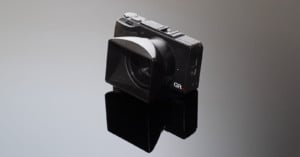
Ricoh GRm: My Custom ‘Monochrom’ Camera
For a long time now, I've been looking a little enviously in the direction of Leica because of the monochrome versions of the M and Q models.

For a long time now, I've been looking a little enviously in the direction of Leica because of the monochrome versions of the M and Q models.
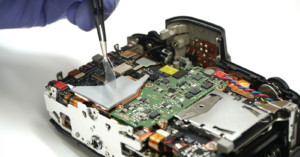
Kolari Vision -- a company that makes both filters and modifications for cameras -- has announced what it claims is the first commercially available after-market mod for the Canon EOS R5 that it claims will nearly double 8K recording time and cuts its overheating recovery time by a factor of three.
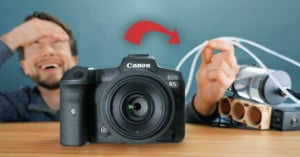
The Canon R5's overheating time limit has been the subject of much discussion and controversy. Regardless of how or why the overheating happens, Matthew Perks over at DIY Perks has come up with an unusual mod that actually works to fix it: he watercooled his camera.
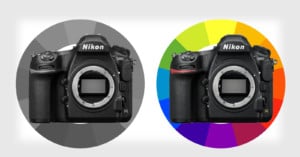
Nikon introduced the Nikon D850 in 2017 with a 45.7-megapixel backside-illuminated (BSI) Nikon-specified/Sony-designed/TowerJazz manufactured sensor. The Nikon D850 is regarded as one of Nikon's best cameras and continues to range at the top of consumer DSLRs.
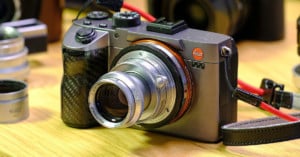
We've seen some unusual camera modding projects before, but this one is next level. Someone over in China took a $2,500 Sony a7R III, took it apart, and, through an insane amount of work, turned it into a $5,000 Leica Q2.
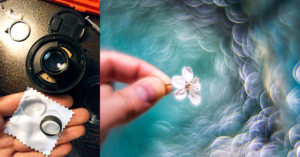
Iranian photographer Alireza Rostami has been studying and tinkering with lenses for years, and a few years ago he made a discovery: by reversing one of the elements in a vintage lens, he found himself with a lens that produced beautiful and unusual "magic" bokeh.
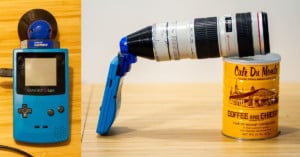
We've seen the Game Boy Camera used with a telescope and with smartphone lenses, but photographer Bastiaan Ekeler did something even more unusual: he designed and built a Canon EF lens mount for his.
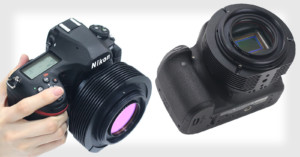
Ordinary cameras can be modified for astrophotography by introducing additional cooling for the sensor. CentralDS has one extreme way of keeping sensors chilly: it extracts sensors from cameras and moves them into their own external cooling module.
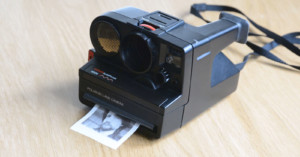
Polaroid cameras are fun to use, but shooting high numbers of instant photos can get very expensive very quickly. Tim Alex Jacobs, known as mitxela online, recently solved this problem by modifying a standard Polaroid camera into an instant camera that prints photos on thermal paper (the kind used for receipts).
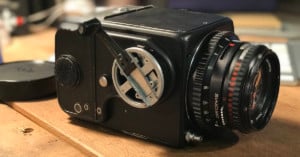
Photographer Cole Rise has a deep obsession with space cameras. So deep, that he just spent over two years creating a 100% accurate replica of the first Hasselblad medium format camera used by NASA in space.
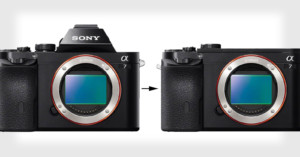
Here's one of the more unusual camera modifications we've seen: a Chinese photographer over in the Xitek forums posted photos showing how he removed the electronic viewfinder from his Sony a7 full frame mirrorless camera. As you can see, his camera now looks more like a Sony a6500.
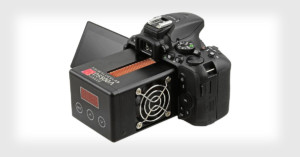
An Italian astrophotography company called PrismaLuceLab has launched a modded version of the Nikon D5500 DSLR. Called the "D5500a Cooled," the camera uses a special cooling system mounted on the back to chill the sensor and reduce noise during long-exposure photos.
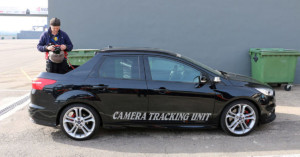
Over in Europe, Ford has created special 'Camera Tracking Unit' cars for photographers to shoot publicity photos from. The cars are standard Ford cars that have been modified -- the back has been chopped off and turned into a rear-facing seat specifically for a photographer.
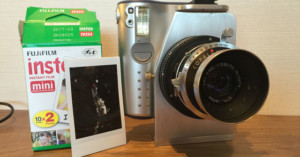
How's this for an unlikely couple: what you see here is a heavily modified Fuji Instax Mini 10 instant camera that has a vintage 4x5 lens mounted to the front.
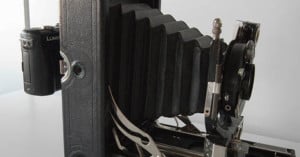
My name is David Lo, and I am a street photographer who enjoys taking vintage cameras, digitizing them, and then using them for street photography. This is a walkthrough on my process of modifying a camera.
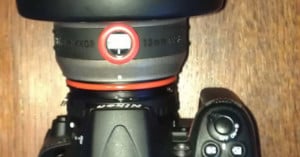
Launched in 1992 and discontinued in 1996, Nikon's Nikonos RS was considered one of the best underwater photography solutions back in the 90s. The cameras and the 50mm f/2.8 macro, 28mm, 13mm fisheye, and 20-35mm lenses still sell for relatively high prices these days. Unfortunately for Nikon enthusiasts, the RS mount lenses were not compatible with F mount cameras... until now.
Underwater photographer Andrej Belic spent over a decade dreaming of using an RS lens on his Nikon DSLR, and over the past year he was able to get the combo working.
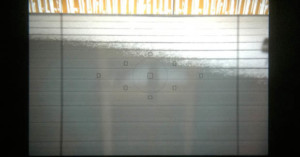
Alternative focusing screens for DSLRs aren't hard to find, but they usually don't have any guide lines geared toward photographers who are used to framing scenes in a square format. Zurich-based photographer Howard Linton is one such shooter. Linton decided to take matters into his own hands by modifying his DSLR's focusing screen with custom lines etched in using an X-Acto knife.
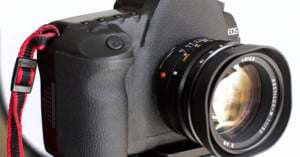
San Diego-based photographer Robert Benson had a curious problem a while back. He had a $6,500 Leica Noctilux 50mm f/1 lens, but no camera to use it on. Not being able to afford the Leica M9 at the time (and unsure if he wanted to ever buy one), he decided to make massive modifications to his Canon 5D Mark II so that it would accept any Leica M lens without needing an adapter. The frankencamera above is what emerged from the brand-change operation.